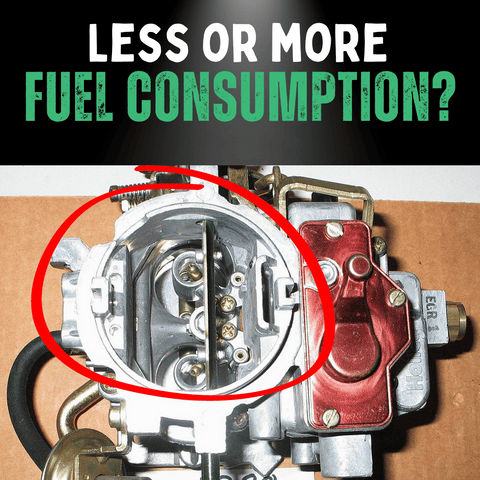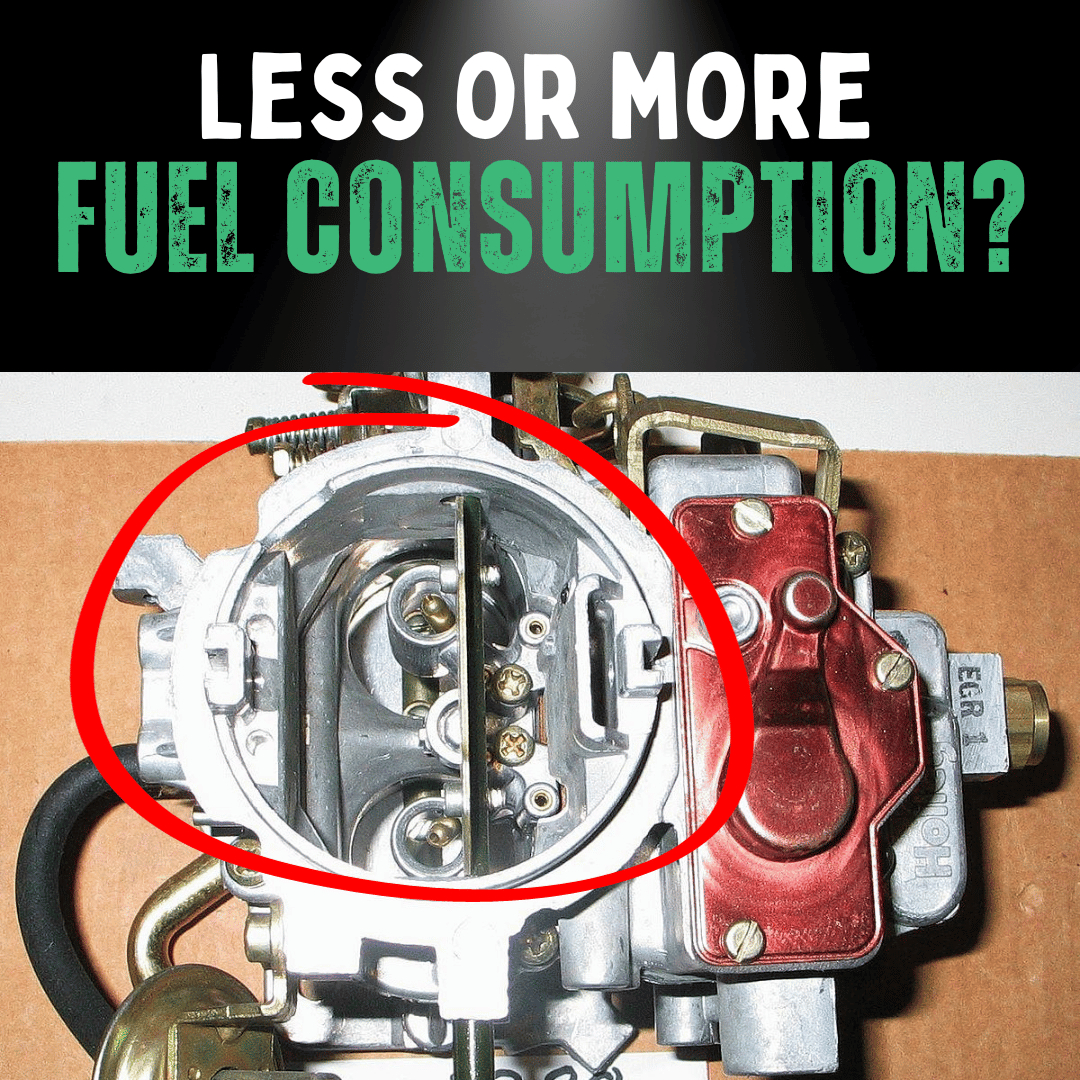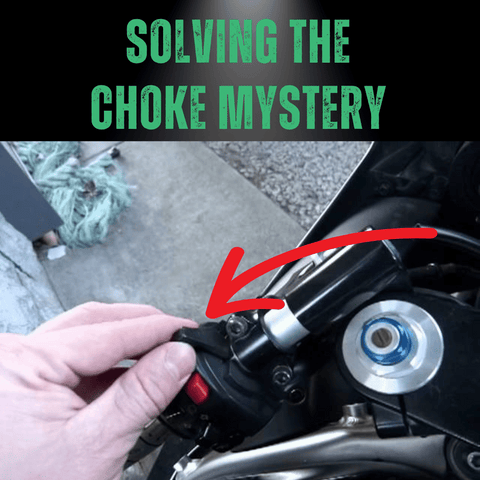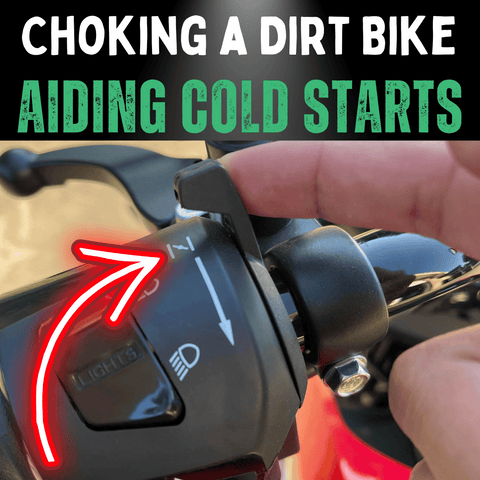
Updated: 14.05.25
Struggling with the choke valve on a chilly morning? Leaving it closed too long can increase fuel consumption and affect your vehicle’s performance. This guide explains how carburettor chokes work, their impact on fuel efficiency, and tips for optimal use. Explore our kids’ ride-on motorbikes for young enthusiasts!
1. What Is a Choke Valve?
The choke, often called a choke valve, restricts air in the carburettor to enrich the fuel mixture for cold engine starts. Essential for motorbikes and generators, overuse can harm fuel economy and emissions.
2. How Chokes Affect Fuel Consumption
A closed choke valve increases vacuum, drawing more fuel into the engine. This fuel enrichment aids cold starts but, if left on after warm-up, leads to inefficiency. Learn why in our carburettor choke guide.
3. Does a Closed Choke Increase Fuel Use?
Yes, leaving the choke valve closed post-warm-up significantly boosts fuel consumption. It creates an over-rich mixture, reducing efficiency, increasing emissions, and potentially lowering engine power.
| Consequence | Impact |
|---|---|
| Increased Fuel Consumption | Higher fuel costs due to excess consumption. |
| Lower Efficiency | Engine overworks, reducing performance. |
| Higher Emissions | More pollutants harm the environment. |
| Engine Wear | Incomplete combustion fouls spark plugs, shortening engine life. |
Related: Closed Choke vs. Open Choke
4. Choke vs. Carburettor
The choke valve and carburettor collaborate but differ. A closed choke restricts air for cold starts, while an open choke allows the carburettor to balance the fuel-air mix for regular operation. See our choke mystery guide.
5. Practical Choke Tips
- When to Use: Engage the choke valve for cold engine starts, including on motorbikes and generators.
- Gradual Release: Ease off within 1–2 minutes as the engine warms, guided by sound or temperature gauge.
- Spot Misuse: Sputtering, stalling, or excessive exhaust smoke signals overuse; adjust promptly.
- Choke Types: Choose manual, electric, or hot-air chokes based on vehicle and climate.
Related: Choking a Dirt Bike
6. Troubleshooting Choke Issues
Choke problems, like stalling when the choke is turned off, often stem from a lean fuel mix, air leaks, or mechanical faults. Address these issues promptly:
| Problem | Solution |
|---|---|
| Choke Plates Won’t Close | Check linkage, thermostat, or vacuum leaks; repair or replace. |
| Choke Plates Won’t Open | Inspect linkage, thermostat, or vacuum system; fix issues. |
| Clogged Jet Nozzle | Clean nozzle with carburettor cleaner. |
| Faulty Link Arm | Replace damaged link arm to restore throttle function. |
| Faulty Sensor | Test and replace water or oil temperature sensor. |
| Stuck Choke | Clean or replace obstructed choke plate. |
| High Fuel Use | Release choke after warm-up to save fuel. |
| Stalling Without Choke | Check for lean fuel mix, air leaks, or carburettor issues; adjust or repair. |
7. Optimal Choke Duration
Choke duration varies by engine age, fuel quality, and temperature. Gradually release the choke within 1–2 minutes of warm-up, using engine sound or a temperature gauge. Overuse risks fuel waste and engine wear.
8. Choke vs. Fuel Injection
Unlike choke valves, fuel injection systems use electronic control units (ECUs) and sensors for precise fuel-air mixing, offering better efficiency but greater complexity. Most modern vehicles favour fuel injection, though some motorbikes retain chokes.
Conclusion
Using the choke valve correctly is vital for cold starts, but prolonged use wastes fuel, increases emissions, and harms engines. Balance its use, maintain the system with carburettor cleaners from trusted retailers, and ride efficiently. Explore our kids’ ride-on motorbikes for fuel-free fun!
Frequently Asked Questions
How do I know if my vehicle has a choke?
Check the owner’s manual or look for a choke valve lever/knob in the engine compartment. Older vehicles or motorbikes often have chokes.
Can I replace a choke with fuel injection?
Yes, retrofitting fuel injection improves efficiency but is complex and costly, requiring professional expertise.
How should I maintain my choke system?
Clean choke plates, inspect linkages, and check the thermostat regularly. Consult a mechanic for expert maintenance.
Do modern vehicles use chokes?
Most modern vehicles use fuel injection, but some motorbikes and vintage cars still feature choke valves.
What are signs of choke misuse?
Sputtering, stalling, or excessive exhaust smoke indicate overuse; release the choke as the engine warms.
Why does my engine stall without the choke?
Stalling when the choke is turned off may signal a lean fuel mix, air leaks, or carburettor issues; inspect and repair.
Get in Touch 🚀
Loved our guide on “Does Leaving the Choke Closed Increase Fuel Consumption?”? Want more motorbike tips?
We’re here for all your kids’ ride-on toy questions! 🚗💨
Explore more at RiiRoo.com or chat via Live Chat for expert advice!









Share:
What Kind of Petrol/Gas Does a Dirt Bike Take?
Best Dirt Bike Knee Pads: How to Wear Them for Motocross Safety